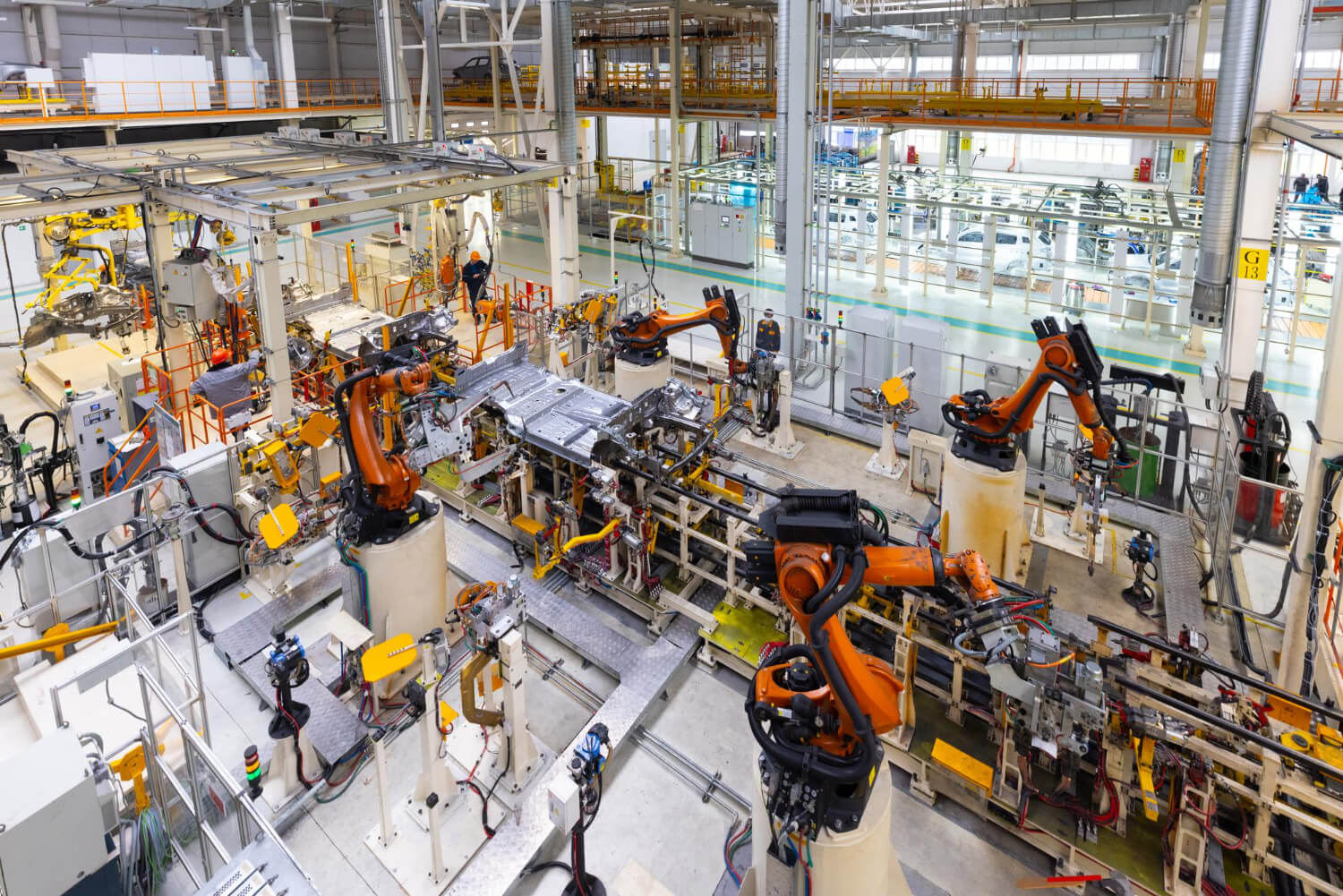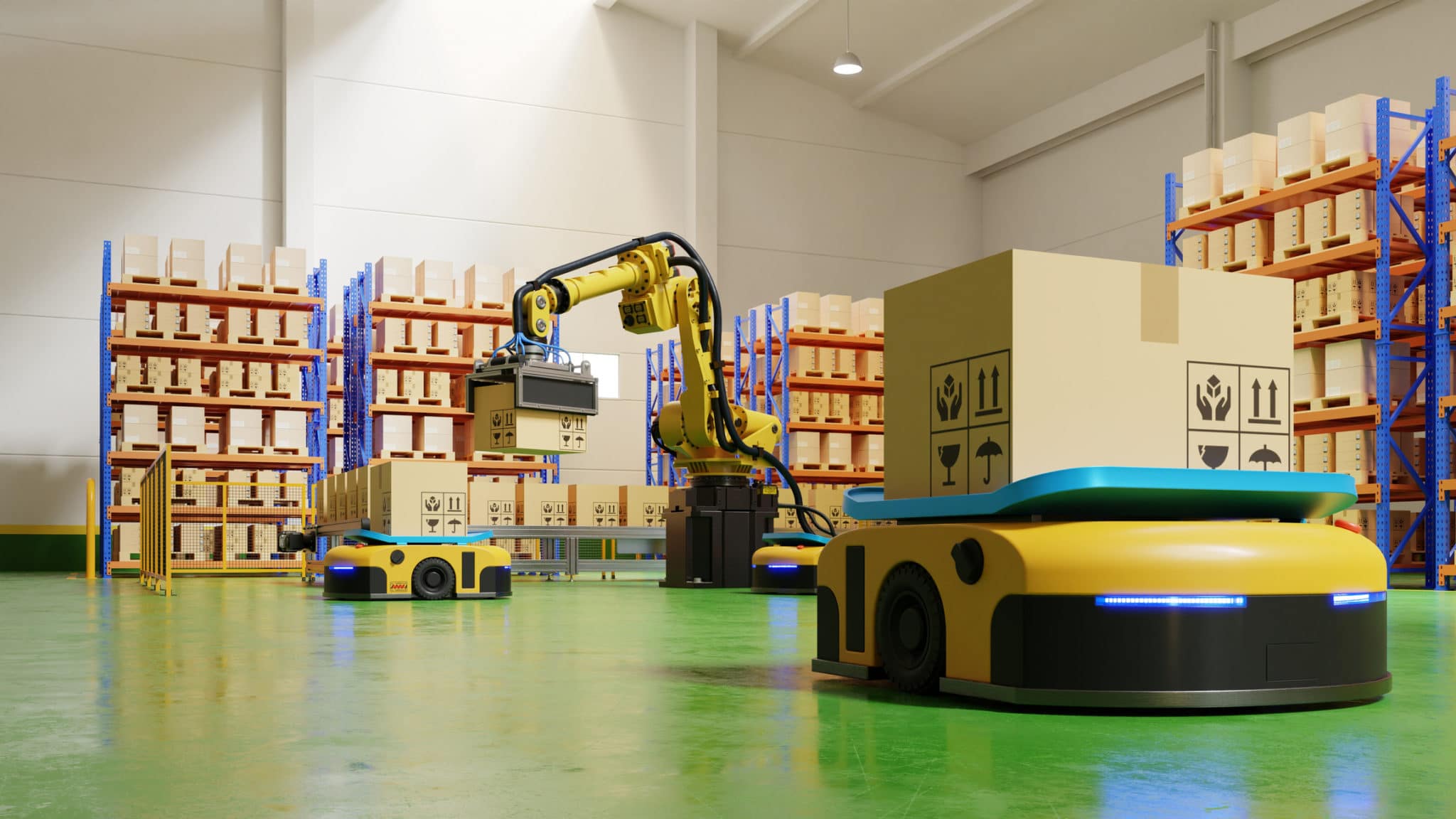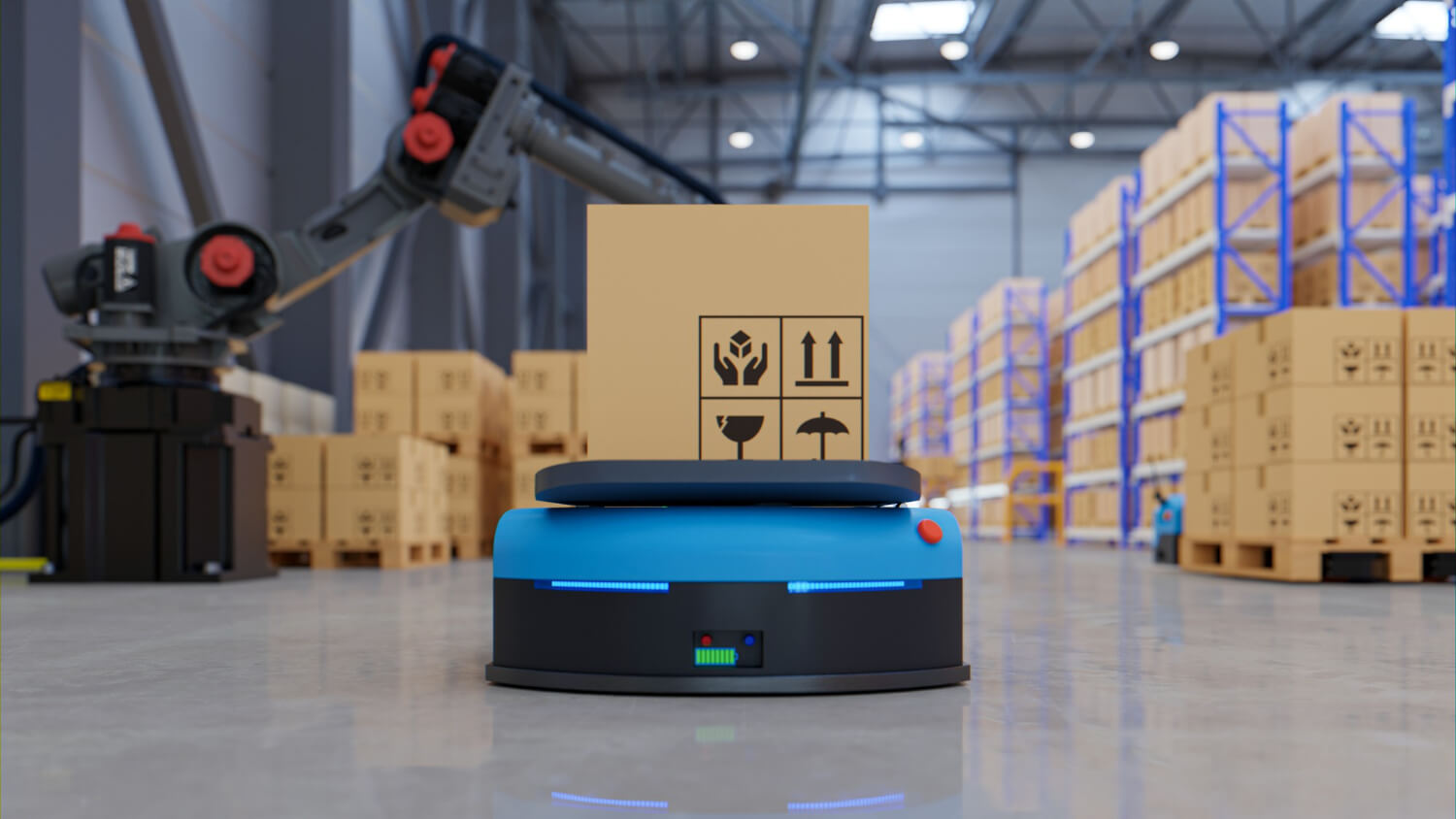ANTZ SCM
Manufacturing IR4.0

1
AGV
An Automated Guided Vehicle (AGV) is a type of robot that is designed to move materials or products around a facility without the need for human intervention. Our AGVs are programmed to follow predetermined paths, which are typically marked out on the floor of the facility.
AGVs are commonly used in factories, warehouses, and distribution centers to transport raw materials, work-in-progress, and finished goods. AGVs are often used in repetitive tasks, such as moving items between workstations or delivering products to a loading dock. its dynamic movements will give a big ‘NO’ to the active tracker solutions.
AGVs are equipped with sensors that allow them to navigate their environment and avoid obstacles. ANTZ AGVs can also be programmed to stop and start, turn, and change speed to ensure safe and efficient movement throughout the facility.
A major advantage of AGVs is their ability to operate 24/7, which can increase productivity and reduce labor costs. Our ANTZ solution can also be integrated with other systems, such as warehouse management software, to optimize material flow and improve overall efficiency. AGVs are an important part of the world of automation and can help businesses to improve their operations by reducing manual labor, increasing productivity, and improving safety.

2
AMR
ANTZ Autonomous Mobile Robots (AMRs) are robots that can independently move around and carry out tasks without the need for human intervention. They use a combination of sensors, programming, and other technologies to detect their surroundings and make decisions on their own.
Our AMRs can be used in various settings like factories, warehouses, hospitals, and public areas. AMRS can be programmed to do labor-intensive jobs such as transporting items, inspecting objects, and assisting people.
ANTZ AMRs possess the capacity to operate without relying on human assistance, utilizing sensors like cameras, LIDAR, and ultrasonic sensors for detecting barriers and preventing impacts.
Furthermore, mapping and localization technologies aid them in recognizing their place in the environment and deciding how to move accordingly. Our AMRs are being developed so as to make tasks simple, rapid, and more productive by reducing the need for human operation. These robots are applicable across multiple industries as crucial tools when it comes to automation.

3
Robotic Arm
A robotic arm is a type of robot that is designed to manipulate objects or tools in a similar way to how humans move their arms. It has several joints that allow it to move in various directions, much like a human arm.
In manufacturing and industrial settings, our ANTZ robotic arms are commonly used to perform repetitive tasks such as assembly or welding. Our robotic arms are capable of being used in medical settings for surgery, as well as in space exploration for tasks such as satellite repair.
A computer or a human operator typically controls robotic arms, which can be programmed to perform specific tasks. ANTZ robotic arms have sensors that allow them to detect the position and orientation of objects, as well as the forces applied to them. This data is used to calculate the movements required to manipulate the object precisely.
One advantage of utilizing our robotic arms is their ability to perform tasks that humans would find dangerous, difficult, or impossible. They can also work indefinitely without tiring or making mistakes, increasing productivity and efficiency. Our Robotic arms are a valuable tool in the world of automation, and they can help businesses and industries improve their operations by reducing manual labor, increasing precision, and improving safety.
